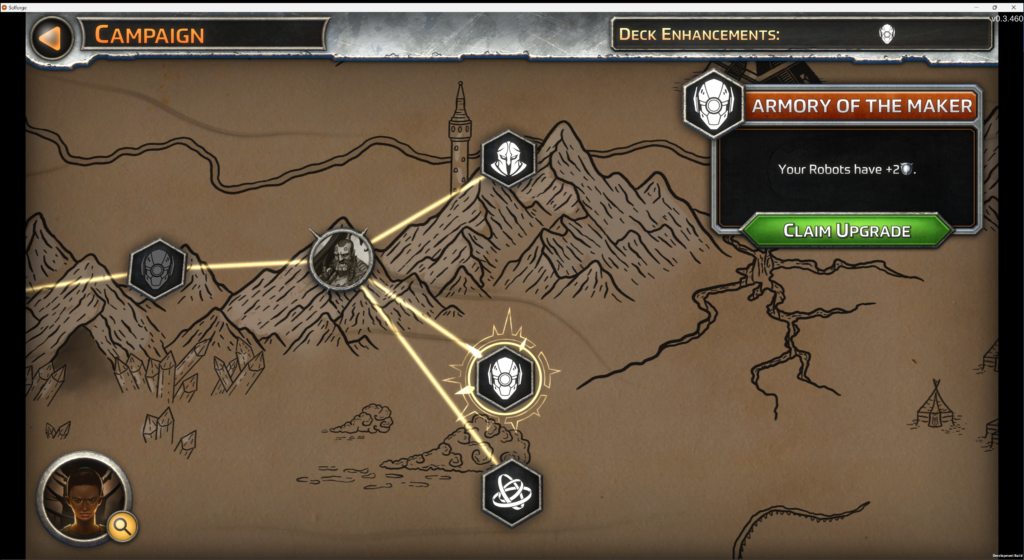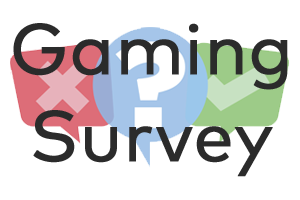Pro-Fusion or Con-Fusion – A Review of SolForge Fusion
SolForge Fusion is a game of combining half-decks to create a playable deck against another player who has done the same. This removes the extensive deckbuilding from the game, as opposed to other games like Magic: The Gathering or Lorcana. This makes building decks faster, but does faster always mean better? Or does the faster deck building make this game lose its sol?

SolForge Fusion is the latest game designed by Richard Garfield and Justin Gary. Garfield being the designer of Magic: The Gathering, and Gary being the designer of Ascension: Deckbuilding Game. SolForge was originally a free-to-play digital only game, but the servers were shut down years ago. SolForge Fusion is a combination physical and digital card game that seeks to reignite the flame.
In SolForge Fusion, you play two cards each round with the goal of attacking the opponent directly, hoping to reduce them to zero life points. These two cards can be creatures or spells, each of which has different uses. Creatures stay on the lane based battlefield and fight other creatures while spells are one time events that can greatly impact the balance of the battle. The decks are “algorithmically generated,” meaning the individual cards may be designed by people, the exact combination of cards in each half-deck seems to be created by an AI. There are also special abilities to be used by the player in later rounds, which can help with strategy.
With the digital and physical games coexisting, and the ability to bring your purchased physical decks into the digital game, there’s a very blurred line between the physical and digital content for this game. The main differences are that the physical game does not require a computer, of course, while the digital version offers a single player campaign where players can play against bigger and tougher computer controlled opponents, earn points, and unlock more cards. However, you must be connected to the internet in order to play the digital version, which seems like a inconvenience at best and a full on reason to not play at all at worst.
In relatively standard CCG styling, cards belong to certain factions and each faction has a general theme to it. Each creature can have special abilities as well, such as gaining attack when damaged or ignoring the opponent’s creatures for a turn. While each faction does feel different, because your deck isn’t designed by you card by card, it’s hard to really focus on what makes a particular faction tick unless you get a half-deck that really uses a particular ability.
Overall, the game play feels exactly like it should, which I think is why it falls flat for me. I’m not a big Magic player. I enjoy the idea, but designing decks and dealing with the evolving state of the game just was too much to keep up with, let alone the idea of buying random boosters. With SolForge Fusion, the designing part is reduced considerably, but it also feels to me like a bit of the player agency has been removed as well. You can’t build a deck around a particular card, which while not my thing, seems to be missing from the game. The video game implementation is generally clean, if not a bit flashy. Mousing over some keywords will tell you what they do, but not all keywords or icons seem to have this feature. The game will continue playing even while you’re trying to understand what a card does, frequently moving the card and interrupting your reading of the clarification.

My Robots have +2… what, exactly? Shield? Does it remain between turns?
If you enjoy the idea of Magic but you don’t want to put time into building decks, SolForge Fusion is certainly worth a try. If you enjoy other games by Stoneblade Entertainment, this certainly has a similar feel to those other games, but something just feels missing. I enjoy the chaos of Ascension and the design of Shards of Infinity, but I don’t see myself coming back to SolForge Fusion even though I know I “should”, and that’s the worst part of writing this review. Everything about this game is something I should enjoy, but I just have no draw to play it more.
A key for the digital game was provided.





